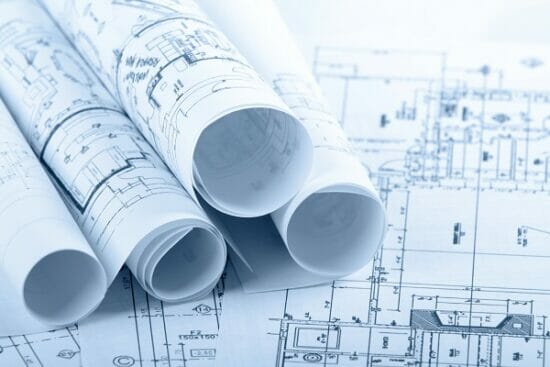- Course No E – 1976
- PDH Units: 4
No data found for Custom Course Number
No data found for Custom Course Units
- Course No E – 1976
- PDH Units: 4
Intended Audience: Engineers; Technologists; Technicians; Electricians; Managers; Maintenance Workers; Electrical Students
PDH UNITS: 4
This course is intended for use by those new to using electrical drawings or those wishing to refresh their knowledge of the associated function and components that make up the electrical drawing system. The purpose of this course is to provide an overview of drafting and drawings used in the electrical industry. Electrical drawing’s purpose is to transfer electrical information or requirements to one or several users so that productive work may be performed. This work may consist of such actions as estimating, planning, manufacturing, construction, commissioning, maintenance and troubleshooting. The interpretation of electrical drawings requires knowledge of circuit diagram, graphics, alphabetic and numeric symbols, basic circuit practices and a basic understanding of the relevant process requirements. There are several types of drawings depicting electrical circuits which are outlined in this course. The types of diagrams that will be reviewed include the:
- Operating Diagram
- Schematic or One Line Diagram
- Electrical Arrangement
- Elementary Wiring Diagram
- A.C. Elementary Wiring Diagram
- D.C. Elementary Wiring Diagram
- Connection Wiring Diagram
- Block Diagram
Learning Objectives:
At the successful conclusion of this course, you will learn the following knowledge and skills:- To Identify the various types of electrical drawings that are in the industry.
- Learn and use the various components symbols used on electrical drawings.
- Interpret electrical drawings, circuit diagram, graphics, alphabetic and numeric symbols.
- Learn the process of breaking down complex drawings into small packets for interpretation.
Once completed, your order and certificate of completion will be available in your profile when you’re logged in to the site.









